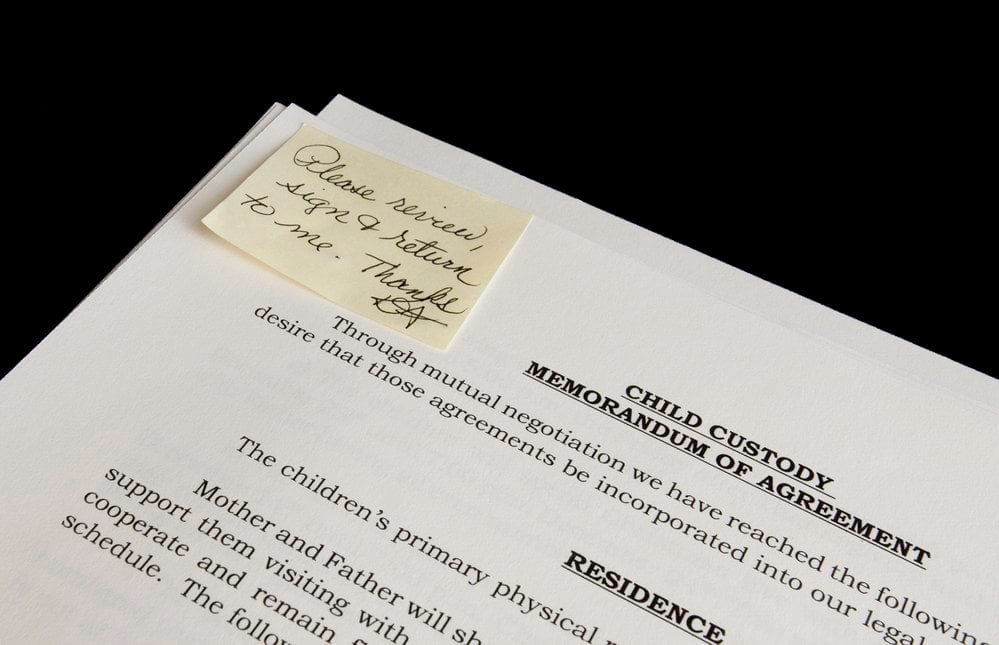When you start a business, your focus is on making it a success in the present. You likely are not thinking about what the business may be worth down the road and what could happen to it if you and your spouse got a divorce. However, failing to consider that possibility could be a mistake.
Running a business is stressful. It can lead to strain in your marriage. The reality is that many marriages fail to survive the financial, physical and emotional toll that running a business often exacts.
If you planned ahead, perhaps you already have a prenuptial agreement in place that addresses what would happen to your business in a divorce. But if you have not planned ahead, you should consider what you can do in order to protect your business assets.
Equitable Distribution vs. Community Property
Most states follow rules of equitable distribution for dividing assets during a divorce. Under this scheme, marital assets are not necessarily divided evenly. Instead, the goal is to make a fair division.
However, nine states follow community property rules. In these states, judges simply make a 50/50 division of all marital assets.
If you can prove that your business is separate property—that your spouse owns zero interest in it—then regardless of where you live, the business should be yours to keep in a divorce. It would not be subject to the rules of property division, since those rules apply only to what is considered to be “marital property.”
However, most businesses are fed or sustained by marital funds or joint spousal efforts. As such, the business (or a percentage of the business) may be treated as marital property that is subjection to division in a divorce.
Ways to Keep Your Business
If you want to maintain sole ownership of your business in a divorce, and your company is not otherwise protected by a trust or prenuptial agreement, here are some suggestions:
1. Give up some personal assets to maintain full ownership of the company.
If your spouse can successfully assert an ownership stake in your business, then you should consider assets that you could relinquish to your spouse in exchange for getting full ownership of the company.
For example, you may be able to give your spouse full ownership of the marital home in exchange for you being able to get full ownership of your business.
2. Be careful how you do the valuation.
There are different ways of performing a business valuation to decide how much a company is worth. Depending on the method and analyst you use, you could get a valuation that is much higher than it should be, and you will end up paying too much in a settlement.
The best method for doing a business valuation is determining fair market value based on current revenue valuation.
3. Make payments gradually.
If you are unable to rearrange assets in the settlement so that you maintain ownership, then making gradual payments to your former spouse for his or her share of the business may be an option. You can finance the payments by taking it from your business’s revenue or by getting a loan.
4. Know that you’ll get through it.
A no-conflict divorce is the exception to the rule. So, if you are a business owner going through a divorce, you may not be totally satisfied with how assets and property are divided and with whatever sacrifice may be required to maintain your business ownership.
However, because courts generally do not like to see a business sold in order to divide it, you may have a good chance of being able to keep your business intact.
Like any other challenge your business has faced in the past, you can overcome this one and focus on thriving in the future.



